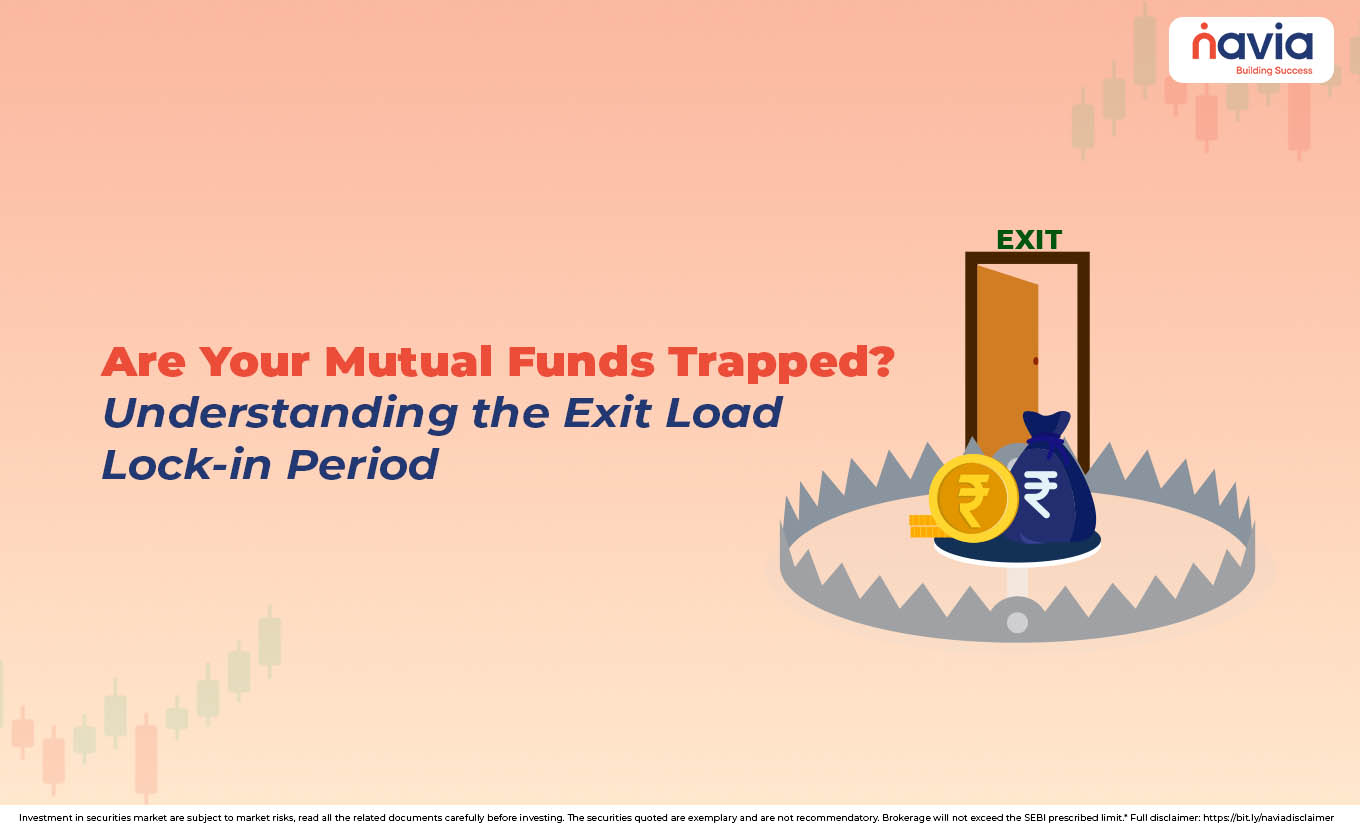What are Alpha and Beta in Mutual Funds?

When evaluating mutual funds, there are two key metrics you can’t avoid, Alpha and Beta in mutual funds. These are the performance indicators that will help investors to analyze how well a fund is performing and the level of its market risk. Without understanding these terms, planning effectively becomes difficult and make it harder to evaluate funds effectively.. So, understanding Alpha and Beta in mutual funds is an essential part for all investors.
This blog tells you about what is Alpha in mutual funds and what is Beta in mutual funds in detail. And it will guide you to select funds that align with your financial goals and risk appetite.
What is Alpha in Mutual Funds?
Alpha represents the measurement of a fund’s performance relative to a benchmark index. It says that a fund manager has added, or lost value compared to the market.
🠖 A positive Alpha means the fund that outperformed its benchmark
🠖 A negative Alpha indicated underperformance
For example, if a fund has an Alpha of +2, it means the fund has earned 2% more than its benchmark index after adjusting for risk.
What is Beta in Mutual Funds?
Beta measures a fund’s volatility or risk relative to its benchmark, so you can see how much the fund’s returns move compared to the market. Let’s see how it is interpreted;
🠖 Beta = 1: Fund price fluctuations with the market
🠖 Beta > 1: It is more volatile than market
🠖 Beta < 1: Less volatile than market
For example; A fund has a Beta of 1.2, and the benchmark index rises by 10%, in this situation you can expect that the fund is rise by 12%. Like this, if the market falls by 10% the fund also falls by 12%.
How is Risk Measured?
To assess mutual funds risk through standard deviation, Beta, and other ratios like Sharpe and Sortino. But Beta is very important because it quantifies how much a fund’s price fluctuates in comparison to the broader market. See how Alpha and Beta help in the process of measuring risk.
🠖 Alpha reflects return potential after accounting for risk
🠖 Beta tells about the volatility and therefore the market risk
For the risk-averse investors, a low Beta fund is the most suitable one, but for the investors who are seeking higher returns and ready to accept high risk, they can choose Beta funds.
In simple words, Alpha shows return beyond expectation and Beta shows how much risk has to be taken to achieve them.
How are Alpha and Beta Measured in Mutual Funds?
The fund houses and financial websites will calculate Alpha and Beta for you, but you have to understand the formula behind them.
Alpha Calculation:
Alpha = Fund Return – [Risk-Free Rate + Beta × (Benchmark Return – Risk-Free Rate)]
🠖 Actual Return: Return from the mutual fund
🠖 Risk-free Ratio: Return from a risk-free investment (e.g., Govt. Bonds)
🠖 Market Return: Benchmark index return (e.g., Nifty 50)
🠖 Beta: Sensitivity of the fund to market movements
For example, a mutual fund has a return of 16%, the risk rate is 5%, the benchmark return is 11%, and the fund’s Beta is 1.2.
Use the formula;
Alpha = Fund Return – [Risk-Free Rate + Beta × (Benchmark Return – Risk-Free Rate)]
Alpha = 16 – [5 + 1.2 × (11 – 5)]
16 – [5 + 1.2 × (11 – 5)] = 3.8
So, the Alpha is 3.8, which means the mutual fund outperformed its benchmark by 3.8% on a risk-adjusted basis.

Beta Calculation:
Beta calculated by using regression analysis, that compares a fund’s return with the market’s return over time.
You can use the formula;
Beta = (Fund Return – Risk-free Rate) / (Benchmark Return – Risk-free Rate)
For example, a fund has a return of 15%, the risk-free rate is 3%, and the benchmark return is 9%.
Beta = (16% – 3%) / (9% – 3%) = 13% / 6% = 2.166
So, the Beta funds are 2.166 that indicates it is more volatile than the market.
Conclusion
Both Alpha and Beta mutual funds are essential tools for evaluating performance and risk in mutual funds. Alpha can measure a fund manager’s ability to generate excess returns, and Beta shows fund volatility compared to the market. By analyzing both you can make informed decisions and wait for the steady performance of your fund. If you want a comprehensive view, you can use other indicators like standard deviation, Sharpe ratio, and R-squared.
Ready to take control of your investments? The first step is starting your journey with Navia, then track, invest and grow your wealth with confidence.
Do You Find This Interesting?
Frequently Asked Questions
What are Alpha and Beta in Mutual Funds?
Alpha measures excess risk-adjusted return vs benchmark and Beta measures volatility relative to the market.
What is good Alpha and Beta in mutual funds?
Generally, more than zero is a good Alpha, and Beta of around 1 or less is recommended.
Which Beta value is best?
Beta larger than 1.0 indicates greater volatility, and less than 1.0 indicates less volatility.
Is Alpha or Beta more important?
Alpha and Beta are both important, meaning a high Alpha with a high Beta indicates strong performance and high risk. A high Alpha with low Beta indicates the fund is outperforming the market without additional risk.
What is CAGR in mutual funds?
Compound Annual Growth Rate, a context of mutual funds, represents the average annual growth rate of an investment over a specific period.
DISCLAIMER: Investments in securities market are subject to market risks, read all the related documents carefully before investing. The securities quoted are exemplary and are not recommendatory. Full disclaimer: https://bit.ly/naviadisclaimer.






